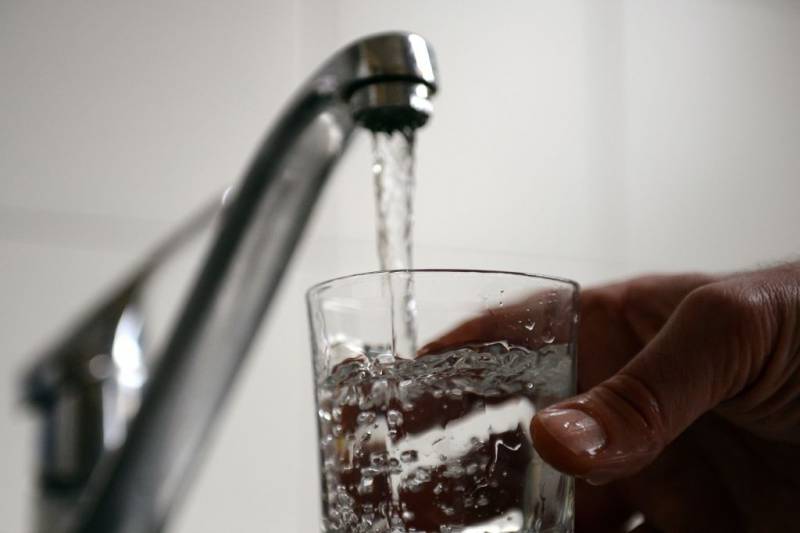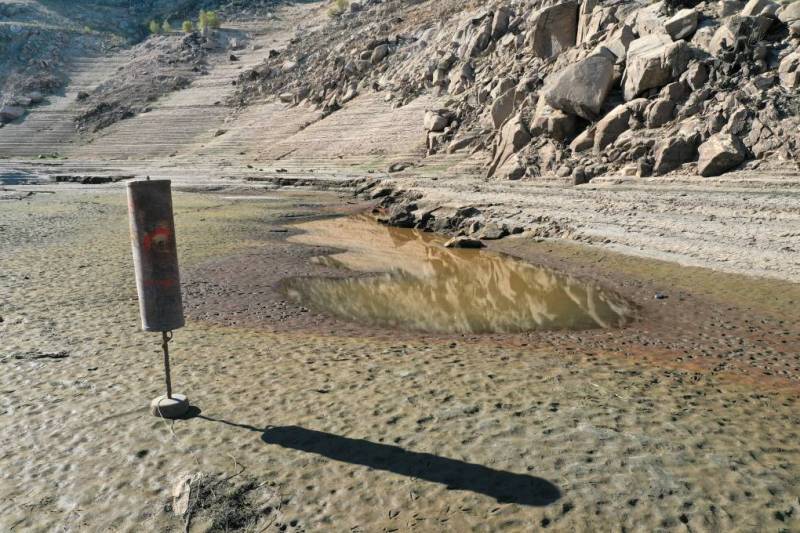Chemical industry representatives have criticized the studies, saying the rodents were drinking levels much higher than people are exposed to. Mice and rats are routinely given large doses to extrapolate the cancer risk to a larger human population that lives longer.
In 2011, California scientists set a nonenforceable public health goal for hexavalent chromium that is much more stringent than today’s proposal — 0.02 parts per billion. The amount was chosen because it poses a negligible, one-in-a-million lifetime cancer risk that is generally considered acceptable for environmental contaminants.
The water board’s proposal would pose a much higher risk — one cancer among every 2,000 people over a lifetime, according to the state’s risk assessment.
“I think we would all much prefer to be at a better protective level than 1 in 2,000 cancer cases,” said Darrin Polhemus, deputy director of the division of drinking water with the State Water Resources Control Board. “But the costs do impose a really high burden at the lower [standard] levels, and just couldn't strike that balance there. So, I wish there was a different scenario to paint.”
The limit is likely to be tested in court. It’s happened before: In 2014, California set a short-lived standard of 10 parts per billion. But in 2017, a judge overturned it, ruling that state regulators had failed to consider whether the rule would be economically feasible.
“Water systems have had over twenty years to invest in appropriate treatment while communities have faced tragedy and the health cost burdens because of this chemical,” Brockovich, an activist who was instrumental in the PG&E settlement, said in a statement today. “That makes it all the more disgraceful that the State Water Board is proposing a drinking water standard that will not protect the California public. This is nothing more than regulatory lip service.”
Hexavalent chromium, also known as chromium-6, is used in industrial processes such as metal-plating, stainless steel production and wood preservation. It also naturally occurs in certain California rocks and soil.
State data shows that 129 community drinking water systems serving more than 4.1 million people have reported hexavalent chromium levels above the proposed standard. In addition, 51 systems serving institutions and businesses — including 11 schools — and three water wholesalers exceed the proposed limit. (Some wells may no longer be supplying water to residents.)
The highest level reported by the state is in Ventura County, where one drinking water well was reported with 173 parts per billion — more than 17 times higher than the proposed standard.
Some contamination, such as in the Coachella Valley, is naturally occurring. Some, like in the San Fernando Valley, is linked to industrial contamination. And some may be a combination of both.
Latino communities and those with larger populations of other people of color are more likely to have drinking water with average levels of hexavalent chromium above 5 parts per billion, according to Lara Cushing, a UCLA assistant professor of environmental health who conducted a recent study.
Current federal and California drinking water standards combine hexavalent chromium and its more benign alter ego, trivalent chromium, which is considered an essential nutrient. Federal drinking water standards cap total chromium at 100 parts per billion, and California at 50 parts per billion.
Higher rates for customers
Once a standard is finalized, water suppliers will have to remove the chemical from drinking water to below 10 parts per billion or face penalties that could include fines of up to $1,000 a day.
They can treat the water at plants or at household taps through reverse osmosis or another technology, blend it with clean water, take contaminated wells offline or pipe water from another system.
The proposal gives water providers some time to comply, Polhemus said — two to four years after the rule’s adoption, depending on their size. In the interim, water providers that detect hexavalent chromium will be required to submit their plans and timeline for attaining the standard.
Domestic well owners — like those in the San Bernardino County town of Hinkley portrayed in the movie — are not covered by drinking water standards. Private well owners are generally responsible for testing and treating their own water.
The cost of treatment is likely to increase customer rates, although some water agencies might opt for a cheaper option, such as blending their water with cleaner sources.
Rates for the smallest water systems — fewer than 100 connections — could increase by around $38 per month if suppliers install treatment in households. Systems with between 100 and 200 connections may see hikes as high as $44 to $167 per month, based on installing reverse osmosis or other costly treatment systems, according to state estimates. The largest water providers, which can buffer the costs across all customers, could have monthly increases between $0.75 and $45.
State regulators couldn’t predict which funding would be available when a standard is eventually finalized but said that, in general, state and federal programs help communities clean up their drinking water.
Some larger water providers are looking forward to the end of a drawn-out regulatory process.

